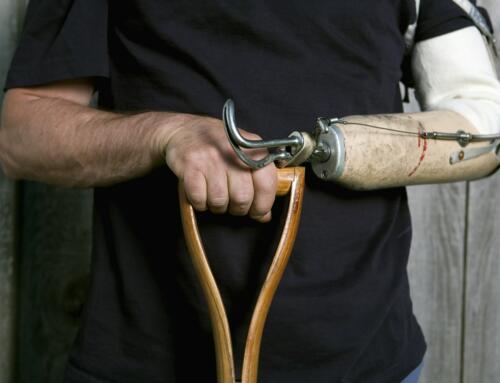If you get injured on the job and your employer doesn’t have workers’ compensation insurance, you can still recover benefits under the Uninsured Employers Guaranty Fund (UEGF). Established in 2006 by the Pennsylvania legislature, the UEGF is an employee’s safety net protecting them from the high costs of medical care, loss of wages and a multitude of fees.
In addition to protecting employees, the UEGF will also pursue prosecution for any employer failing to maintain continuous workers’ compensation insurance. They can be criminally charged for each day they are uninsured with fines of $2,500 per day and up to one year imprisonment for misdemeanors and $15,000 and up to seven years of imprisonment for each day the employer intentionally violates the requirement.
Not only can the employee sue the employer in tort for work-related injuries or diseases, but the employee may also recover amounts in excess of those allowed under workers’ compensation.
Although the goal of the UEGF is to protect employees and provide safer work environments, the process to obtaining full benefits from the fund is complicated. One mistake in the process can cost you thousands of dollars in lost entitled benefits.
Filing a Claim Against an Uninsured Employer
It is critical that you give notice to the UEGF immediately. A claimant must give notice within 45 days from the date he or she discovered the employer was uninsured. Failure to do so will remove your employer’s obligation to pay any benefits including exorbitant medical fees and any lost wages. Notice must be formally provided to the fund by filing Form LIBC-551.
Additionally, Form LIBC-550 must be filed 25 days after filing Form LIBC-551. This form initiates the formal process by which your claim will be decided.
Once these forms are filed, the case goes in front of a Workers’ Compensation judge who will receive evidence, conduct hearings and eventually issue a decision determining whether you are entitled to workers’ compensation benefits from the UEGF.
Avoiding the UEGF
Dealing with the UEGF can be very difficult. For starters, the UEGF is underfunded, so it looks to litigation before issuing any benefits. For example, a framer is injured while working on a construction site and his employer doesn’t have workers’ compensation insurance. The UEFG will look beyond the injured workers’ employer until it finds an insured party.
Sometimes it’s possible to find other ways to get benefits. For example, the injured worker can sue the employer directly. However, recovering through the courts can be long, expensive and futile in cases where the employer does not have any funds to recover. Chances are, if they don’t carry insurance, they don’t have a lot of assets to go after. Another solution is a third party claim. For example, a painter is hired by a homeowner and gets bitten by the homeowner’s dog. In this case it’s possible to have two claims: a workers’ compensation claim through UEGF and a claim against the homeowner.
Certified Workers’ Compensation Attorneys
The bottom lines is there are ways to get benefits even if your employer does not carry workers’ compensation but the various options are complicated and can lead in many directions.
If you are injured at work and learn that your employer does not have workers’ compensation insurance, it is important to contact an experienced attorney. Both your employer and the UEGF will have attorney representation and you should too.
To avoid delays and critical missteps, you should not go through this process without equal representation to help you navigate the process of obtaining benefits you are entitled to by law no matter whether your employer is uninsured or not.







